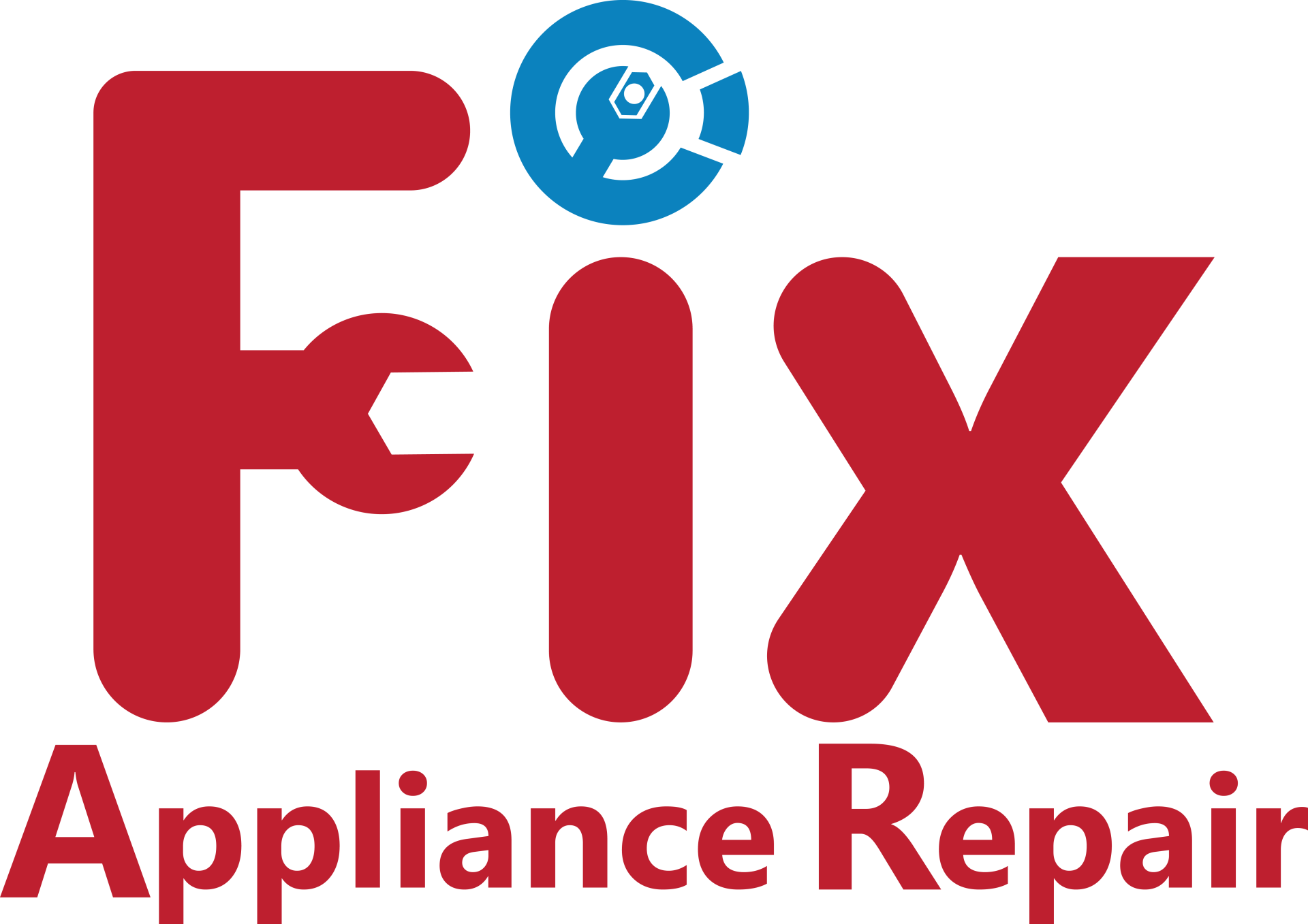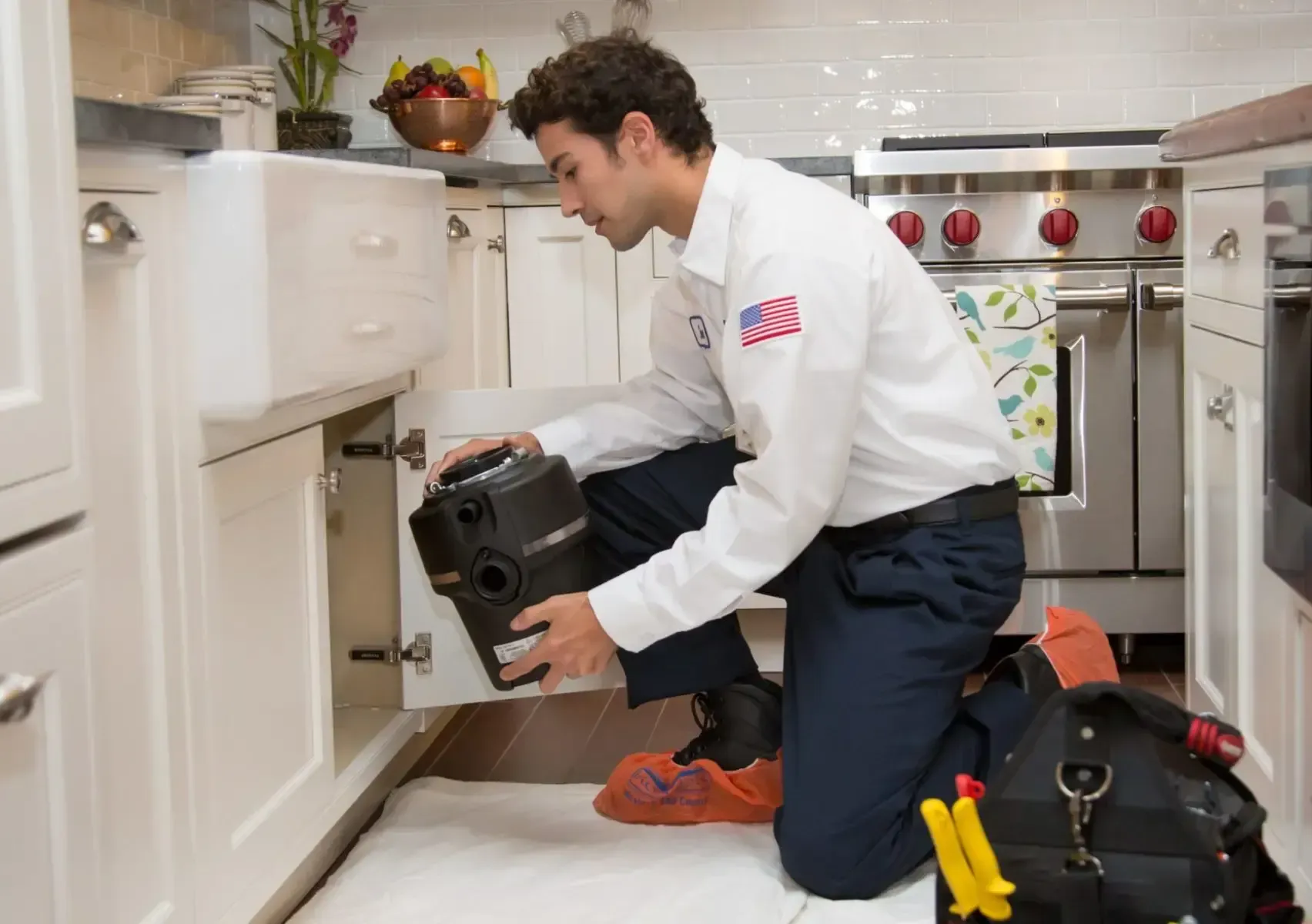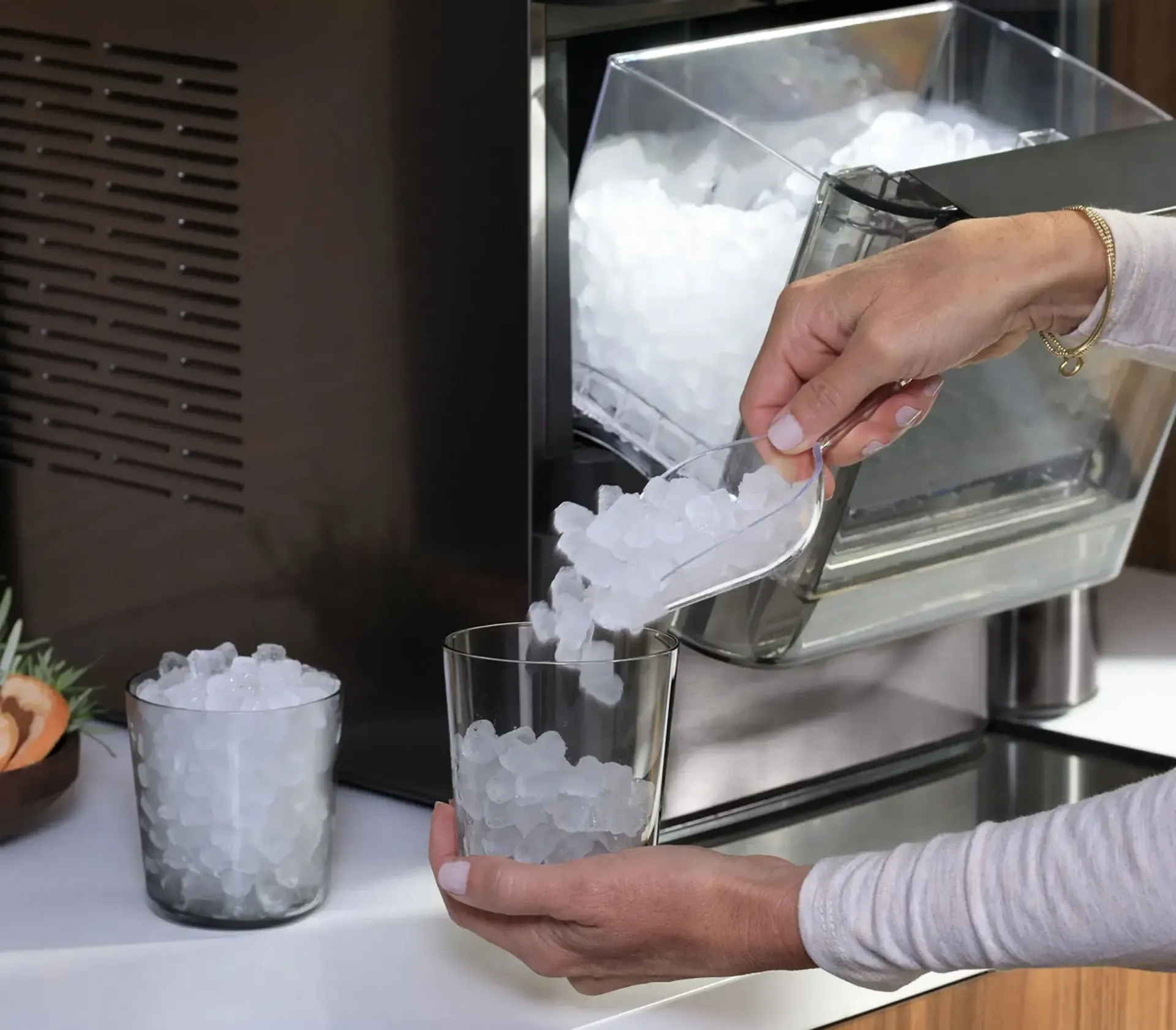Your oven is a vital appliance in your kitchen, facilitating the preparation of delicious meals and baked goods. However, like any appliance, ovens can encounter issues that affect their functionality. When your oven stops working correctly, it can disrupt your cooking routine and lead to frustration. Fortunately, many common oven problems can be resolved with some troubleshooting and basic repairs. In this comprehensive guide, we'll delve into Oven Repair 101, providing you with essential tips and techniques to restore your oven's functionality and get back to cooking with confidence.
How Your Oven Works:
Before you attempt any repairs, it's essential to understand the basic components and operation of your oven. Ovens typically consist of heating elements (bake and broil), a thermostat, a control panel, and a timer. The heating elements generate the heat necessary for cooking, while the thermostat regulates the temperature to ensure consistent results. Familiarizing yourself with these components will help you diagnose and fix problems more effectively.
Diagnose the Problem:
The first step in oven repair is identifying the issue. Common problems include failure to heat, uneven cooking, inaccurate temperature control, and malfunctioning controls. Take note of any specific symptoms or unusual behavior exhibited by your oven to help pinpoint the problem accurately.
Check the Power Supply:
If your oven is not heating at all, the problem may lie with the power supply. Start by checking that the oven is plugged in securely and that the circuit breaker has not tripped. Test the outlet with another appliance to ensure it's functioning correctly. If the outlet is working, but the oven still isn't heating, there may be an issue with the oven's internal power supply or fuse.
Heating Elements:
If your oven is experiencing heating issues, the heating elements may be faulty. Use a multimeter to test the continuity of the bake and broil elements. A reading of infinite resistance indicates a defective element that needs to be replaced. Be sure to unplug the oven and remove the elements before testing.
Calibrate the Temperature:
If your oven's temperature is inaccurate, it may need to be recalibrated. Use an oven thermometer to compare the actual temperature inside the oven to the set temperature. If there's a significant discrepancy, refer to the manufacturer's manual for instructions on how to calibrate the oven temperature.
Clean the Oven:
A dirty oven can affect its performance and lead to uneven cooking and unpleasant odors. Regular cleaning is essential to maintain optimal oven functionality. Use a non-abrasive cleaner and a soft cloth to clean the oven interior, racks, and door gasket. Remove any built-up grease or food debris from the heating elements and vents. Consider using a self-cleaning cycle to remove stubborn residue and carbon deposits.
Inspect the Door Gasket:
The door gasket forms a seal around the oven door, preventing heat from escaping and ensuring proper cooking temperatures. If the gasket is damaged or worn, it can lead to heat loss and uneven cooking. Inspect the gasket for any tears, gaps, or signs of wear, and replace it if necessary to ensure a tight seal.
Oven Sensor:
The oven sensor monitors the oven's temperature and sends signals to the control panel to regulate it. If the oven sensor is malfunctioning, it can cause temperature fluctuations and inaccurate cooking results. Use a multimeter to test the resistance of the oven sensor at room temperature. Refer to the manufacturer's specifications for the correct resistance range. If the sensor's resistance is outside the specified range, it may need to be replaced.
Perform a Control Panel Reset:
Sometimes, a simple reset can resolve minor issues with the oven's electronics. Turn off the oven and unplug it from the power source for at least one minute. Plug the oven back in and turn it on to see if the problem has been resolved. If the issue persists, further troubleshooting may be necessary.
Restoring Functionality
Is your oven acting up? Don't panic! Repairing your oven doesn't have to be a daunting task. With the right guidance and approach, you can tackle common issues and restore your oven's functionality with ease.In this guide, we've outlined essential tips and techniques to help you diagnose and fix a variety of oven problems. From troubleshooting the power supply to checking the heating elements and calibrating the temperature, we've got you covered. By following these step-by-step instructions, you'll be able to address issues efficiently and get your oven back in working order in no time.
However, safety should always be your top priority when working with electrical appliances. Before you begin any repairs, make sure to disconnect the power source and take necessary precautions to avoid accidents. If you're unsure about performing any repairs yourself, it's always best to consult a professional technician.
With a little effort and know-how, you can extend the lifespan of your oven and enjoy delicious meals for years to come. So roll up your sleeves, grab your tools, and let's get started on the journey to oven repair mastery!



